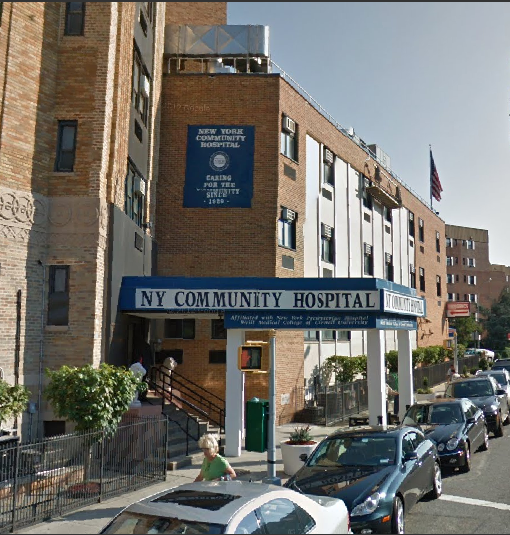OPINION: A smaller hospital: better than none

As readers of this paper know by now, after various legal machinations that are too complex to repeat here, SUNY has gone back to the drawing board and issued a new RFP for Long Island College Hospital. The new RFP process gives extra points to bidders whose plans include an actual full-service hospital, although it isn’t mandatory. It is understood that there also would be some residential development included, most likely condos.
The probable scale of the condo development would mean a smaller hospital than the one there presently. But a small hospital doesn’t necessarily mean a bad one. A generation ago, there were many small hospitals throughout the five boroughs. While most of them have long since gone to hospital heaven, there are two surviving ones in the same Brooklyn neighborhood.
One is New York Community Hospital at East 25th Street and Kings Highway. The other is Beth Israel Brooklyn at East 32nd Street and Kings Highway. New York Community has 134 beds, a staff of about 150 physicians, and provides a variety of out-patient and in-patient services as well as a fully functioning emergency room. Beth Israel Brooklyn (Beth Israel Kings Highway until recently) has 212 beds, a functioning emergency room and a wide variety of services, although less information is available about it on the web.
